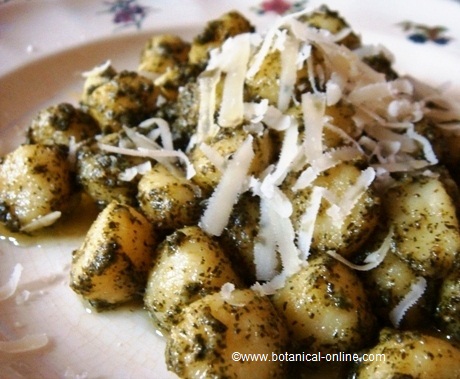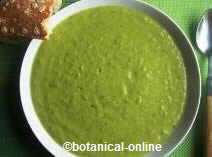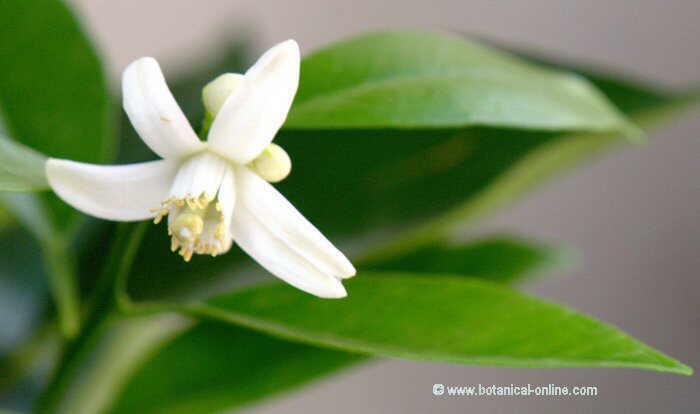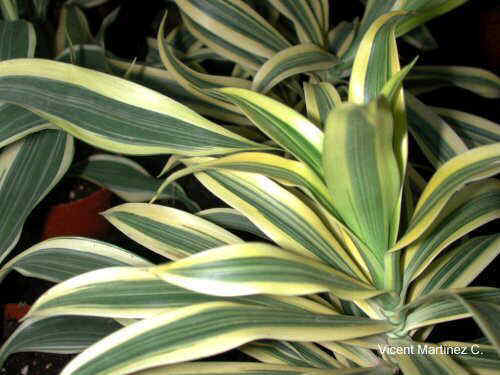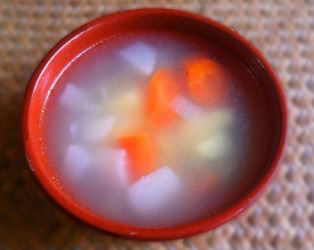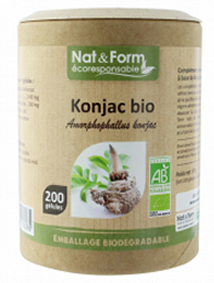Contents
WHAT IS A CHINABERRY TREE?
Characteristics of cinaberry (Melia Azedarach)
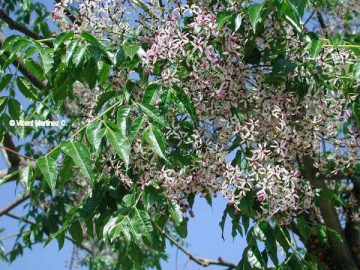
Scientific noun: Melia Azedarach, Melia japonica G.Don., Melia australis Sweet
Common noun: Chinaberry
Family: Meliaceae
Habitat of chinaberry
South and east of Asia. Cultivated as ornamental plant in gardens, squares and next to the highways.
Native from the North of Asia, where it climbs almost till 3000 m above sea level in the Himalayan mountains. Adapted in warm places, it can be found in gardens or streets in many cities, specially in the Mediterranean climate.
Botanical description of chinaberry
Deciduous tree of the Meliaceae family, up to 15 m.
Leaves till 50 cm, pinnate with toothed leaflets.
Purplish flowers, grouped in final panicles, with the stamens gathered in a tube, surrounded by 5 petals.
Fruits in drupe, yellowish, still remaining in the tree after the leaves have fallen.
Components of chinaberry
- Tetranor- tripertene and non-defined resins
- Alkaloids (margosine)
- Acids: linoleic, oleic, palmitic and stearic.
- Coumarins
Active parts
Mainly the fruits. In smaller quantity the leaves, the bark and the flowers.
Uses
- Gardening: Native from Asia, but broadly cultivated and naturalized, it can be on the edge of the highways, parks and gardens. In many places of warm climate, like in the south of the United States, it has become an invasive species since with their fast growth and great size it shades many native plants that finish dying.
- Industrial: The wood is very strong and resistant to the humidity reason why it is very appreciated in turnery. The dry fruits are used for making rosaries.
- Home: As repellent of insects, either in gardens, before being used the current insecticides or for clothes moths.
*Related information:
![]() More information on medicinal plants
More information on medicinal plants

